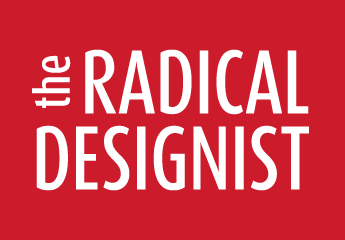Eduardo Côrte-Real
Abstract
From the three conditions of clarity expressed by Charles Sanders Peirce in How to Make Our Ideas Clear; the paper proposes and provides guidelines for making ideas obscure in opposition to those conditions. From Peirces pragmatic proposals, the paper raises questions about Thought from the ethical point of view. Obscurity opposed to clarity is worked under an ironic approach. The reader will experience difficulties on deciding what the target for irony is.
Methodoxy and Designology are examples showing both its clarity and obscurity features.
The paper is divided in three main sections: Mystery, Multiplication and Fatal Truth.
Mystery refers to processes in which ideas are covered with a foggy veil that enhances their importance.
Multiplication refers to the possibility of growth of multiple obscure thought from an original thought and the confusion between the quality of sensibility and sensible qualities.
Fatal Truth refers to a possible dialogue between Peirce positions through. The Fixation of Belief” and Heideggers positions through Building Dwelling Thinking.
The paper concludes with an argument about authority as a quality of authors.
Note:
How to Make Our Ideas Obscure in Art Design Theory is a re composition of a paper published in January 2001 in Arq./A, Revista de Arquitectura e Arte, under the title: “Como tornar as Nossas Ideias Obscuras (em Arquitectura Arte e Ciencia). It is not a mere translation but a total rewriting exercise focusing on Art & Design Theory. The basic concepts on this paper where also broadcast through the discussion list: PhD Design List...
ISSUE 0 | July 2006 | 08/10 | Past Radical Propositions

